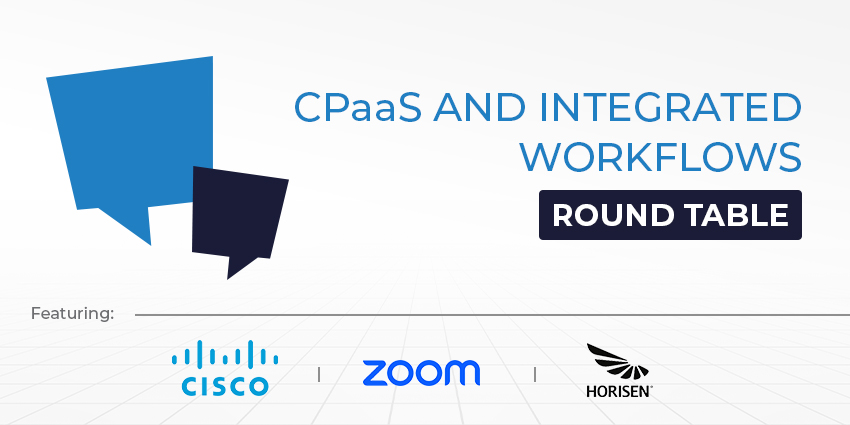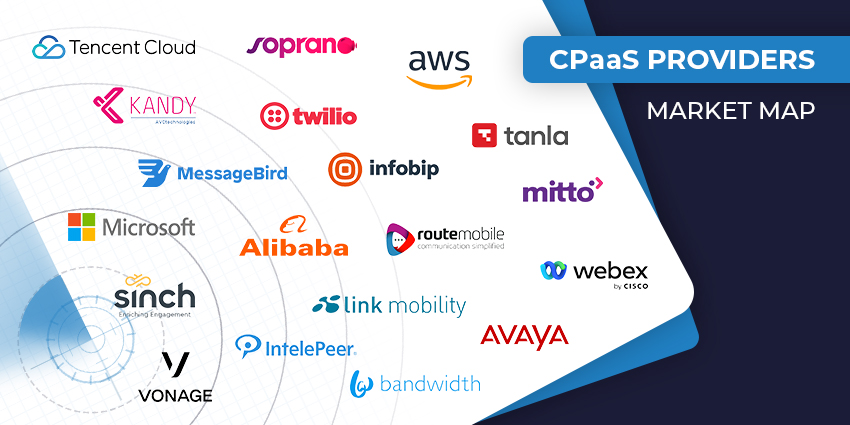This year’s Twilio Signal was only marginally different from last year’s in-person event. In 2019, I attended the conference in-person, in sunny San Francisco. And there was a lot of pomp and circumstance. 2020’s version was all digital, yet still featured much of the flashiness Twilio’s known for. From former President of the United States, Barack Obama, who spoke at the conference, and much more, the novel Coronavirus turned Twilio Signal 2020 into a much better event than in-person iterations of the event I attended in the past. The best part – I didn’t have to leave my couch to get the scoop.
There was no shortage of news. In fact, Twilio Signal 2020 was jam-packed with even more announcements than previous years. Here’s what you missed if you couldn’t attend the free conference. Twilio introduced new digital engagement channels, which it says it made available after it noticed a sharp rise in the number of messages sent and received during the first half of 2020 when compared to 2019. “During the same period, developers using Twilio to access the WhatsApp Business API more than doubled,” a spokesperson for the company told me in a statement.
Hoping to meet demand, Twilio launched Twilio Video WebRTC Go, a free set of tools that makes it simpler to build on top of WebRTC. I’m told by a spokesperson:
“This will enable developers and companies to easily and quickly create as well as launch one-to-one video applications”
Twilio also made several updates to its contact center offering to meet the demands of social distancing and remote work now facing organizations on a global scale. Twilio Flex, which powers the likes of Lyft and Shopify – announced the expansion of its platform with the intro of the Twilio Flex Ecosystem. The offering gives organizations access to more than 30 partner solutions including Google, Salesforce, Zendesk, and Calabrio. Twilio also said it would partner with Deloitte Digital – the company’s company’s first global systems integrator partnership with the organization.
Wanting to service a growing scattered workforce, Twilio further announced ‘Twilio Frontline,’ a mobile application that allows field workers to interact with customers from personal devices. “The app routes incoming and outgoing customer conversations from WhatsApp, SMS/MMS, and web chats with more channels.” According to the company, support for more channels is on the way. That offering, is today, in private beta. On the customer intelligence front, Twilio introduced ‘Event Streams,’ an API that aggregates data from every Twilio-powered experience.
This means voice, SMS, Twilio’s Super SIM, TaskRouter, and other Twilio services. What it does is enable real-time monitoring and reporting across all channels used to communicate within an organization, extending a truly unified experience. That experience is now in private beta. Twilio further expanded its already expansive IoT offering with the introduction of the Microvisor IoT Platform. What is it? An expansion that goes beyond cellular connectivity, and an attempt at solving end-to-end infrastructure challenges for IoT builders, a spokesperson told me in a statement. Microvisor is an IoT connectivity and device management platform in its simplest form.
You can think of it as a sort of one-stop-shop for developers who build connected devices and want to keep them secure. On the other end of the spectrum, there’s management throughout the lifecycle of said IoT devices, which is the platform’s strong suit. Here are a few of the key features of the new tool, which launched into private beta at this year’s Twilio Signal.
- Lifetime Managed Security: There’s a one-time fee that ensures customers have constant monitoring of assets and that they can apply security patches to said devices as needed
- Fail-safe over-the-air code debugging and updates: If you’re worried about debugging devices, developers can do so remotely, as well as push code updates whenever they wish from wherever they’re located
- Support for any language & embedded OS: The way Microvisor is built ensures developers can build in any language they code in – including embedded OS
The biggest advance of Microvisor is that IoT builders can go to market faster and cheaper than usual. Also, there’s a lot of agility and the ability to manage devices remotely – two elements that are especially beneficial during the COVID-19 period.







